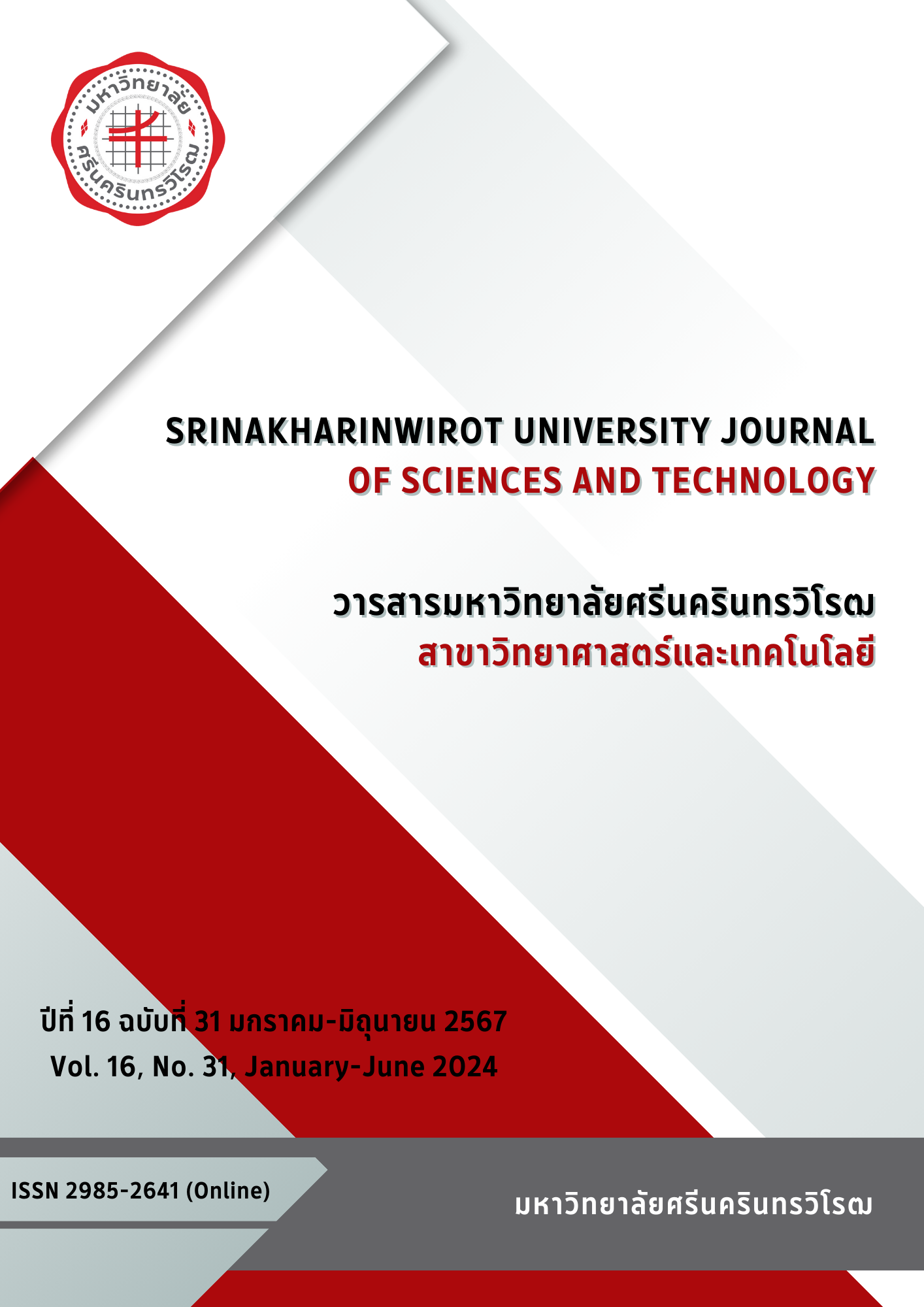ADVERSE REACTIONS IN PLATELETPHERESIS DONORS IN CENTRAL CHEST INSTITUTE OF THAILAND
Keywords:
Donor, Platelet, Adverse ReactionAbstract
This study was designed to review the incidence of adverse reactions occurred during and after in donors undergoing apheresis for platelet donation. Adverse reactions during and after the apheresis procedures were analyzed according to the following categories: (1) complications related to citrate toxicity; (2) fainting and (3) hyperventilation. From January to December 2020, a total of 477 plateletpheresis procedures were performed by Amicus blood cell separator (Fresenius Kabi) in Central Chest Institute of Thailand. This was performed and analyzed by medical technologist from data worksheet, separate by gender and age. The results show that: Of 477 plateletpheresis procedures, 160 (33.5%) were associated with adverse reactions. 158 (33.1%) of 447 donation-related adverse reactions involved citrate-related complications and 2 (0.4%) involved fainting but mostly mild symptoms. The overall donor reaction rate was not associated with age but associated with gender. The complications related to citrate toxicity occurred in female 31 (65.9%) from 47 procedures, in male 128 (29.7%) from 430 procedures. This was performed without oral calcium carbonate intake. The most common of adverse reaction rate in platelet apheresis donors is complications related to citrate toxicity, but generally mild and successful collections, compared with fainting or hyperventilation. Determining whether research founded that plateletpheresis donation by automated blood cell separator which contains anticoagulant ACD-A solution, be safe on the donors and no necessary to intake oral calcium carbonate.
Downloads
References
Cheepsattayakorn, R., Jutavijittum, R., Kamtorn, N., and Chaiwanna, T. (2002). The Study of the Levels of Ionized Calcium in Plateletpheresis Donors. Thai Journal of Hematology and Transfusion Medicine, 12(1), 9-18.
Sombatnimitsakul, S. (2013). Experiences in platelet preparing blood at national blood centre, thai red cross society. Journal of Hematology and Transfusion Medicine, 23(2), 161-165.
Solanki, A., and Agarwal, P. (2015). Comprehensive analysis of changes in clinically significant divalent serum cation levels during automated plateletpheresis in healthy donors in a tertiary care center in North India. Asian Journal of Transfusion Science, 9(2), 124-128. https://doi.org/10.4103/0973-6247.162688
Farrokhi, P., Farahmand, H., Bismuth, A., Suarez, C., Ducot, B., Gillon, M. C., Debat, P., Laskowski, P., and Pinon, F. (1998). How to Stabilize the level of Ionized Calcium and Citrate during Plateletpheresis. Vox Sanguinis, 74(1), 7-12. https://doi.org/10.1046/j.1423-0410.1998.7410007.x
France, C. R., Rader, A., and Carlson, B. (2005). Donors who react may not come back: Analysis of repeat donation as a function of phlebotomist rating of vasovagal reactions. Transfusion and Apheresis Science, 33(2), 99-106. https://doi.org/10.1016/j.transci.2005.02.005
Abhishekh, B., Mayadevi, S., and Usha, K. C. (2013). Adverse reaction to blood donation. Innovative journal of medical and health science, 3(4), 158-160.
Ongtilanont, K., Jeannuntajit, I., Rodpradub, N., Manomaicharern, N., Thong-Ou, C., and Chunaka, B. (2012). Adverse reactions in blood donor at National Blood Centre, The Thai Red Cross Society and mobile units. Journal of Hematology and Transfusion Medicine, 22(4), 233-239.
Tomita, T., Takayanagi, M., Kimie, K., Mieda, A., Akahashi, C., and Hata, T. (2002). Vasovagal reactions in apheresis donors. Transfusion, 42(12), 1561-1566.
Das, S. S., Chaudhary, R., Verma, S. K., Ojha, S., and Khetan, D. (2009). Pre-and post-donation haematological values in healthy donors undergoing plateletpheresis with five different systems. Blood Transfusion, 7(3), 188-192. https://doi.org/10.2450/2009.0064-08
Love, E., Pendry, K., and Hunt, L. (1993). Analysis of pre-and post donation haematological values in plateletpheresis donors. Vox Sanguinis, 65(3), 209-211. https://doi.org/10.1111/j.1423-0410.1993.tb02150.x
Tenorio, G. C., Strauss, R. G., Wieland, M. J., Behlke, T. A., and Ludwig, G. A. (2002). A randomized comparison of plateletpheresis with the same donors using four blood separators at single blood center. Joumal Clinical Apheresis, 17(4), 170-176. https://doi.org/10.1002/jca.10036
Eder, A. F., Dy, B. A., Kennedy, J. M., Notari IV, E. P., Strupp, A., Wissel, M. E., Reddy, R., Gibble, J., Haimowitz, M. D., Newman, B. H., Chambers, L. A., and Hillyer, C. D., (2008). The American Red Cross donor hemovigilance program: Complications of blood donation reported in 2006. Transfusion, 48(9), 1809-1819.
Newman, B. H., Satz, S. L., Janowicz, N. M., and Siegfried, B. A. (2006). Donor reactions in high-school donors: the effects of sex, weight, and collection volume. Transfusion, 46(2), 284-288.
Yuan, S., Gornbein, J., Smeltzer, B., Ziman, A. F., Lu, Q., Goldfinger, D. (2008). Risk factors for acute moderate to severe donor reaction associated with multicomponent apheresis collections. Transfusion, 48(6), 1213-1219.
Newman, B. H., and Waxman, D. A. (1996). Blood donation-related neurologic needle injury: evaluation of 2 years’ worth of data from a large blood center. Transfusion, 36(3), 213-215.
Winters, J. L. (2006). Complications of donor apheresis. Joumal of Clinical Apheresis, 21(2), 132-141. https://doi.org/10.1002/jca.20039
Downloads
Published
How to Cite
Issue
Section
License
Copyright (c) 2024 Srinakharinwirot University Journal of Sciences and Technology

This work is licensed under a Creative Commons Attribution-NonCommercial-NoDerivatives 4.0 International License.
Srinakharinwirot University Journal of Sciences and Technology is licensed Under a Creative Commons Attribution-NonCommercial-NoDerivs 4.0 International (CC-BY-NC-ND 4.0) License, Unless Otherwise Stated. Please Read Journal Policies Page for More Information on Open Access, Copyright and Permissions.


